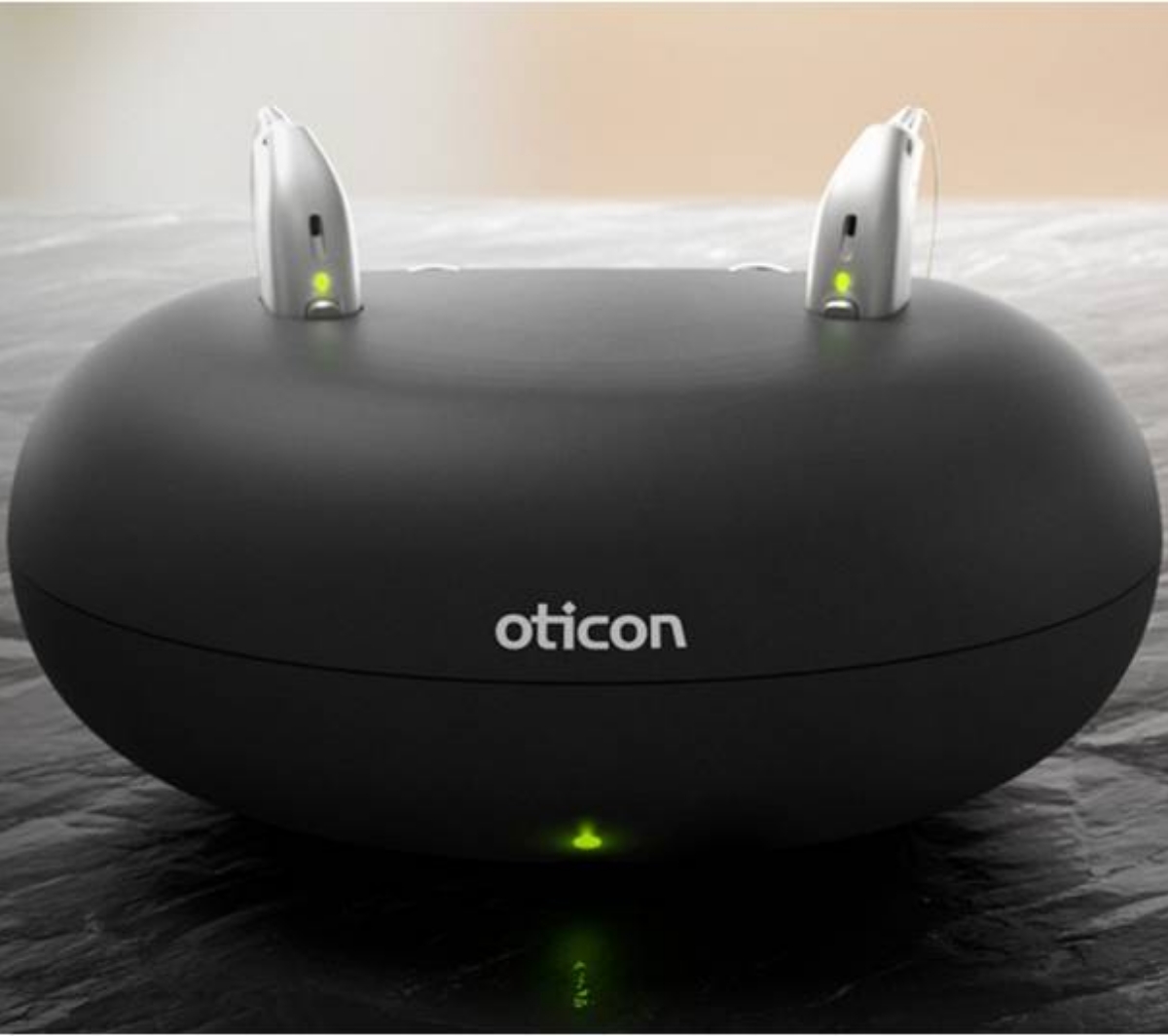What is Rechargeable Hearing Aid?
Hearing aid technology is constantly advancing with new features and updates added every year. Rechargeable hearing aids are becoming increasingly popular with users because of their ease of use. They come with built-in batteries, not requiring you to change or dispose of the batteries like in the conventional hearing aids.
Rechargeable hearing aids work similar to your smartphone. They operate on a rechargeable battery, which means you need to charge them daily using a charging station or dock. Rechargeable hearing aids are available as Receiver-in-Ear (RIE) hearing aids, making them a perfect option for those with mild to severe hearing loss and Behind –The –Ear(BTE) hearing aids which can be preferred for mild to profound hearing loss.


Features of Rechargeable Hearing Machine
Some people may opt for rechargeable hearing aids as they just have to be plugged in rather than physically changing batteries. Other key features of rechargeable hearing aids include:-
- Ease of use. You don’t need to change batteries now and then.
- Durability. Current generations use lithium-ion batteries, which last approximately five years or more.
- Cost-effective. No need to buy spare batteries compatible with the device.
- Eco-friendly. Less threat to the environment as there is no need to dispose of batteries regularly.
- No potential risk. Disposable batteries may pose a potential health threat to children if left around.
- Better sound quality. These machines let you enjoy better sound quality than non-rechargeable hearing aids.
- Bluetooth connectivity
How Rechargeable Ear Machines Work?
Rechargeable hearing aids are powered by lithium-ion batteries that have 16-24 hours of battery backup, lasting more than 5 years before replacement. The lithium-ion battery has a large capacity to store information, which is far beyond the regular non-rechargeable machines. Just like you put your smart devices to charge, hearing aids are charged using a port or case through a USB-to-mains cable. It can be charged at night or whenever you are not using them. These machines have batteries, microphone, speaker, and amplifier as the major components. The microphone picks up sound from the environment and convert it into electrical signals for processing. An amplifier adjusts the sound based on the degree of hearing loss and the level of sounds near you. The receiver or speaker then converts amplified signals into sound waves which are perceived as sound by the wearer.

